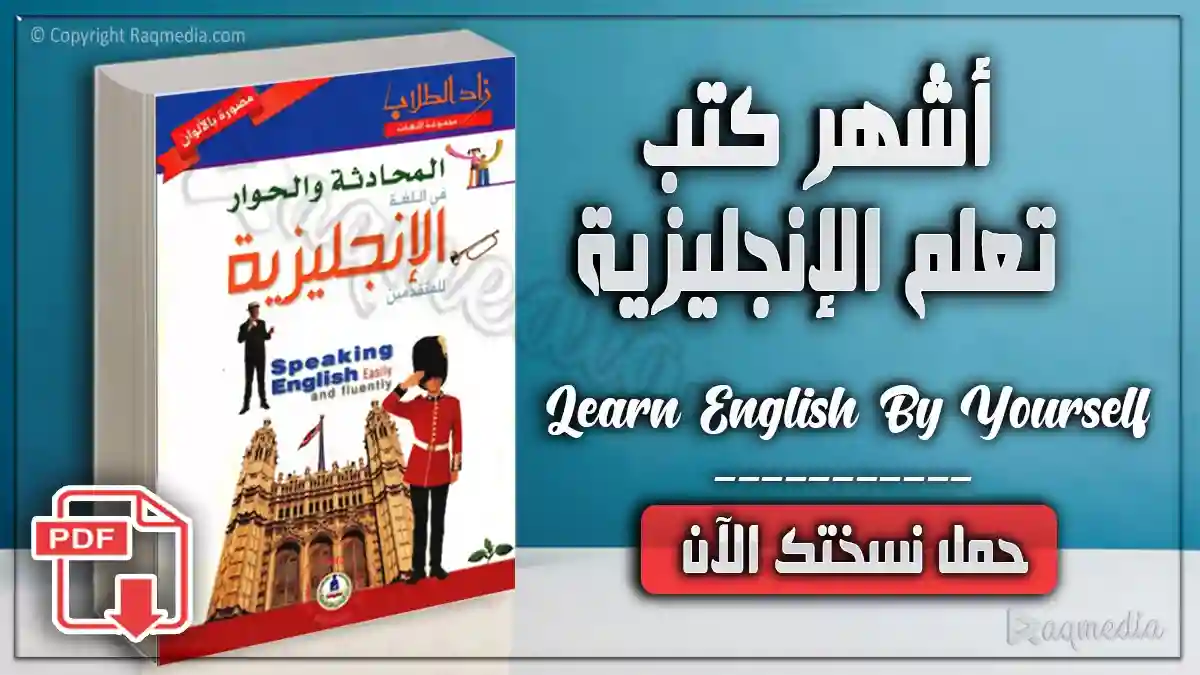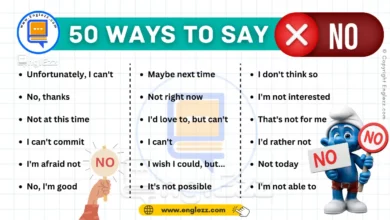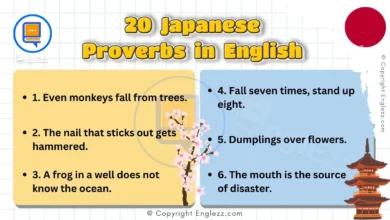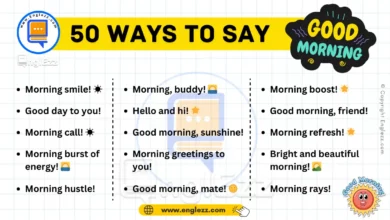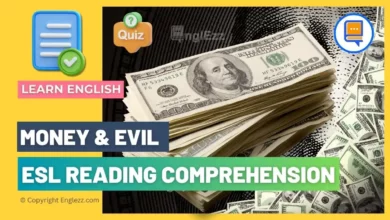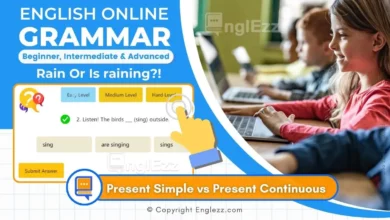Embark on a journey to uplift listening skills through playful engagement with our curated selection of 7 interactive games tailor-made to invigorate students’ auditory senses. By delving into the realm of innovative teaching methodologies, we present an array of captivating activities designed not only to sharpen active listening but also to nurture language comprehension in a dynamic and enjoyable fashion. As we navigate this educational landscape together, the essence lies in fostering a deep-rooted passion for learning that transcends conventional norms.
Top 7 Communicative Games to Boost Listening Skills
Innovative and inspiring, these engaging games serve as catalysts for unleashing cognitive potential while instilling the art of attentive listening within learners. From deciphering whispers in a chain-like symphony to infusing narratives with logical sequencing precision, each activity ignites a spark of curiosity that fuels both critical thinking and creative expression. Join us on this transformative odyssey where every game becomes a gateway to unlocking linguistic prowess and enhancing communication skills through immersive participation and tailored challenges.
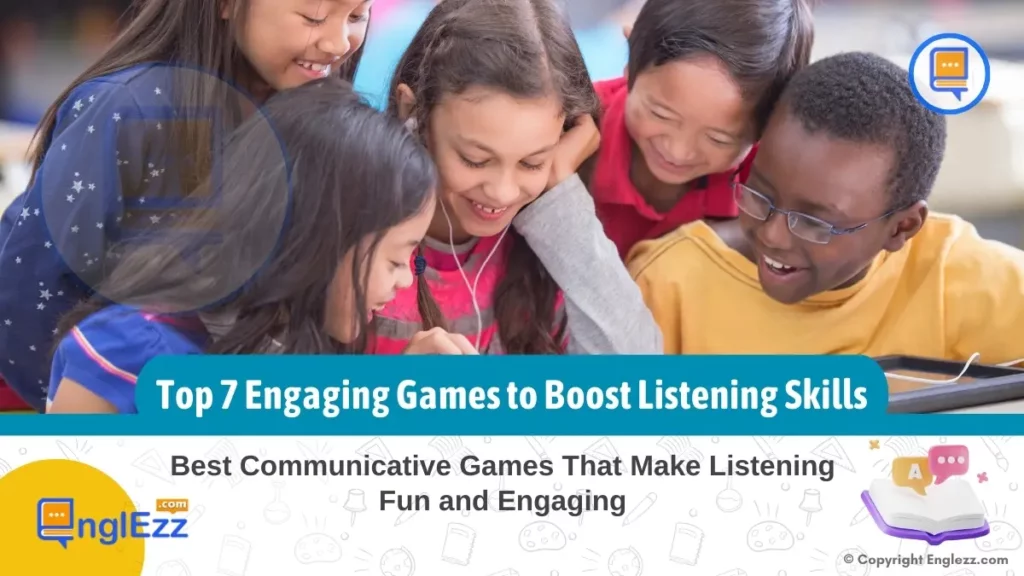
As we unravel the fabric of interactive learning experiences intricately woven with subtle nuances of cognitive development, let us embark on this enriching voyage together, where imagination meets instruction in harmonious synergy. Discover the power of playful pedagogy as we bridge the gap between traditional teaching methods and modern educational needs, paving the way for a future where listening is no longer just an act but an art form waiting to be mastered through sheer joy and participation. Dive into our world of innovative possibilities where language blossoms amidst laughter and learning intertwine seamlessly as one cohesive narrative.
#1. The Whispers Game
The Whispers Game is more than just a fun activity – it’s a strategic way to sharpen listening skills while highlighting the pivotal role of clear communication. Imagine a classroom buzzing with anticipation as students pass along a whispered message, each recipient straining their ears to catch every word correctly. This game not only fosters attentive listening but also underscores the significance of relaying information accurately. Through this chain-like exchange, students learn that effective communication hinges on both speaking clearly and grasping messages with precision.
Moreover, The Whispers Game nurtures essential life skills such as teamwork and concentration. By working together to ensure the accurate transmission of the original message, students cultivate collaborative abilities and improve their focus levels. This shared experience underscores the power of effective teamwork in achieving common goals, all while honing their individual listening talents. As they engage in this interactive challenge, students are encouraged to actively participate and concentrate deeply – vital components for developing cognitive abilities that transcend the classroom setting.
In essence, The Whispers Game is an ingenious way to enhance not only listening capabilities but also critical thinking skills through active participation and concentrated effort. By emphasizing accurate message transmission in a playful manner, this game instills in students the value of clear communication while fostering a cooperative spirit within the group dynamic. Ultimately, as they immerse themselves in this stimulating exercise of whispers and understanding, students embark on a journey towards improved cognitive functions layered with enhanced concentration and attentiveness – fundamental building blocks for academic success and beyond.
#2. Storytelling
Storytelling has been a timeless tool for education, captivating audiences and weaving together narratives that inspire imagination. The Story Sequencing Challenge harnesses the power of storytelling to enhance students’ listening skills in a dynamic way. By engaging students in a narrative puzzle that requires attentive listening, this game not only sharpens their ability to order events logically but also fosters comprehension through auditory cues. Imagine students eagerly piecing together the sequence of a thrilling adventure story, each detail serving as a clue to unraveling the plot. As they listen intently, their minds work to connect the dots, honing critical thinking and analytical skills in the process.
In a classroom setting, the Story Sequencing Challenge can be tailored to different age groups and themes, making it versatile and adaptable for various educational contexts. For younger learners, it may involve sequencing simple events like getting ready for school or baking cookies. Meanwhile, older students might tackle more complex narratives such as historical timelines or scientific processes. This game not only encourages active listening but also cultivates a deeper understanding of context and causality within stories. By decoding the logical progression of events based on auditory input alone, students exercise their cognitive abilities while actively participating in an immersive learning experience.
Furthermore, the Story Sequencing Challenge serves as an excellent platform for collaborative learning, fostering communication skills and teamwork among students. As they work together to piece together the puzzle of a story’s sequence, they learn to communicate effectively with peers, sharing ideas and perspectives to reach a consensus. Through this interactive gameplay that mirrors real-life scenarios requiring clear communication and cooperation, students develop essential social skills alongside their listening proficiency. Ultimately, by engaging with stories on a deeper level through attentive listening and sequencing exercises, students not only boost their language comprehension but also cultivate a love for narratives that transcends mere words on paper.
#3. Guess the Sound
In the realm of enhancing listening skills, the game “Guess the Sound” emerges as a dynamic tool for refining auditory recognition and bolstering listening acuity. By immersing students in a world of diverse sounds and noises, this interactive activity cultivates their ability to discern between various auditory stimuli. Imagine students eagerly anticipating the next sound clue, sharpening their focus and honing their ability to differentiate between the rustle of leaves and the chirping of birds. Through this engaging gameplay, students not only enhance their listening skills but also develop a deeper appreciation for the intricacies of soundscapes around them.
When incorporating games to boost listening skills, it is essential to establish clear learning objectives tailored to the age group and language proficiency of the students. For example, in the “Whispers Game,” clearly outline the importance of active listening and accurate transmission of information. By setting specific goals for each activity, educators can track progress effectively and adjust strategies to address any challenges that arise during gameplay.
Moreover, “Guess the Sound” goes beyond mere listening—it stimulates memory retention and hones auditory discrimination. As students actively participate in deciphering sounds, they exercise their cognitive faculties by connecting auditory input with memory recall. Picture a classroom buzzing with excitement as students joyfully compete to identify the source of each intriguing sound snippet. This game transcends traditional learning methods by transforming what could be mundane tasks into captivating challenges that prompt learners to engage with newfound enthusiasm.
By fostering interactive sound-based challenges through “Guess the Sound,” educators can create immersive learning experiences that resonate with students across various learning styles. Whether it’s distinguishing between raindrops or footsteps on pavement, each session offers a unique opportunity for students to fine-tune their listening skills while expanding their auditory repertoire. This game not only enhances auditory processing but also nurtures an environment where active participation and sensory exploration converge to enrich language comprehension and cognitive development in an enjoyable manner.
#4. Simon Says Listening Edition
In the realm of interactive learning games, the timeless classic “Simon Says” receives a refreshing educational twist in the form of the Simon Says Listening Edition. By tailoring this beloved game to emphasize active listening, educators can cultivate invaluable skills in students while they revel in the joy of gameplay. Picture a classroom buzzing with excitement as students eagerly await each auditory command to test their listening prowess. Through this engaging activity, participants not only sharpen their vocabulary but also hone their comprehension abilities by executing instructions accurately and promptly.
Amidst the playful atmosphere of Simon Says Listening Edition, students are encouraged to develop responsiveness and attention to detail – essential qualities that transcend beyond the game into everyday communication scenarios. As learners strive to decode verbal cues swiftly and accurately, they naturally enhance their reaction time and cognitive agility. This heightened alertness is crucial for effective information processing in academic settings and real-world interactions, underlining the game’s multifaceted benefits beyond mere entertainment.
Moreover, by infusing vocabulary challenges into Simon Says sessions, educators can seamlessly integrate language-building exercises into dynamic gameplay. Imagine students enthusiastically mimicking actions or responding to linguistic prompts with enthusiasm as they bolster their grasp of new words and phrases. This fusion of physical activity with mental acuity not only strengthens vocabulary retention but also nurtures a holistic approach to language acquisition. As students engage in structured yet enjoyable listening tasks within the framework of Simon Says, they embrace a comprehensive learning experience that goes beyond rote memorization, fostering genuine language proficiency in a spirited setting.
Through Simon Says Listening Edition, educators harness the power of active engagement to nurture well-rounded listeners who embody both linguistic dexterity and cognitive flexibility. By blending fun-filled directives with educational objectives, instructors create an immersive learning environment where auditory acumen flourishes alongside responsive communication skills. As students eagerly immerse themselves in this captivating adaptation of a classic game, they embark on a journey towards improved listening abilities that pave the way for enhanced academic performance and enriched social interactions.
#5. Listen and Draw: Enhancing Listening Skills Through Creative Expression
The “Listen and Draw” activity is a powerful tool for educators looking to boost listening skills while fostering creativity in their students. By combining auditory input with visual output, this game engages multiple senses simultaneously, reinforcing both listening proficiency and artistic expression. Students are encouraged to listen attentively to instructions or descriptions before translating these verbal cues into visual representations. This process not only sharpens listening abilities but also hones their ability to interpret information and transform it into creative output. For example, a teacher may describe an object or scene in detail, challenging students to accurately depict what they hear through drawings, thus requiring active listening and precise comprehension.
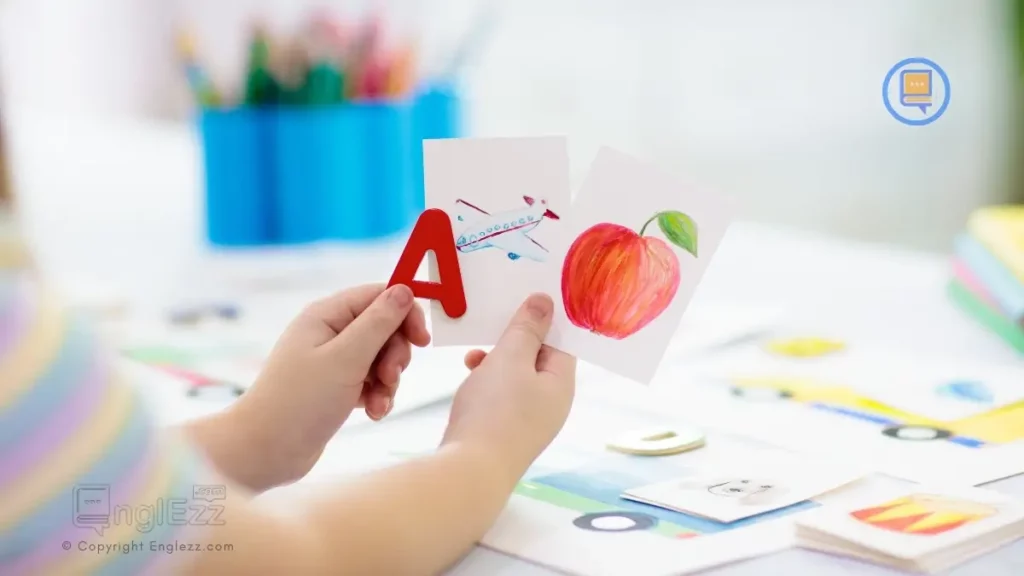
Through the “Listen and Draw” activity, teachers can provide students with a unique opportunity to integrate auditory processing with artistic interpretation. By engaging in this multisensory learning experience, students exercise their cognitive faculties by actively listening, analyzing information, and creatively expressing themselves through drawing.
This holistic approach not only enhances listening skills but also nurtures critical thinking and problem-solving abilities. For instance, students may be asked to listen to a set of instructions on how to draw a specific shape or object step by step, encouraging them to follow directions accurately while unleashing their imagination on paper.
Moreover, the “Listen and Draw” activity offers a dynamic way to reinforce vocabulary acquisition by associating auditory input with visual representation. As students listen carefully to descriptive language or instructions, they expand their understanding of vocabulary terms while simultaneously internalizing their meanings through artistic engagement.
To maintain student engagement and maximize the benefits of listening games, strike a balance between fun elements and educational content. For instance, in “Guess the Sound,” make sure that while students enjoy identifying various noises, they are also developing discernment skills crucial for listening comprehension. Incorporating interactive elements like rewards or friendly competition can further enhance motivation and make learning through games an enjoyable experience.
For instance, describing complex concepts or scenes for students to illustrate can deepen their comprehension of new words or ideas while providing a platform for creative exploration. This synergistic combination of auditory processing with artistic expression cultivates well-rounded learners who excel in both linguistic understanding and creative communication.
Incorporating the “Listen and Draw” game into educational settings not only elevates listening skills but also nurtures creativity, cognitive agility, and vocabulary retention in students. By bridging auditory stimuli with visual expressions, teachers can create immersive learning experiences that engage students on multiple levels while promoting active listening habits essential for academic success. This interactive approach fosters not only improved listening proficiency but also sparks joy in learning as students actively participate in the transformative process of turning sound into art—a testament to the power of integrating playfulness with educational enrichment.
#6. Musical Chairs Vocabulary Review
In the realm of language acquisition, blending movement with vocabulary exercises can be a game-changer. By infusing an educational twist into the classic game of musical chairs, educators can create a dynamic and interactive environment for reinforcing linguistic skills. Picture students eagerly circling chairs while simultaneously engaging in a mental race to recall meanings, spellings, or contextual usage of specific words. This fusion of physical activity with cognitive challenges not only energizes the learning process but also cements vocabulary retention through active participation.
Imagine a classroom buzzing with excitement as learners move swiftly from chair to chair, each pause prompting them to quickly define a given word or use it in a sentence. The competitive element injected into the traditional musical chairs setup amplifies engagement and motivation levels among students. As they internalize new terminologies amidst the fast-paced rounds of the game, linguistic proficiency blossoms organically. Moreover, witnessing peers attentively participating in vocabulary reviews fosters a collaborative spirit where language exploration becomes a collective endeavor rather than an individual task.
Foster a culture of reflection and feedback after each gaming session to consolidate learning outcomes and promote continuous improvement. For example, after playing “Listen and Draw,” encourage students to discuss their interpretations based on auditory instructions, fostering communication skills alongside attentive listening. Providing constructive feedback can help learners identify areas for growth while celebrating achievements, creating a positive learning environment conducive to skill development.
By immersing students in a colorful tapestry of moving bodies and verbal articulation, the musical chairs vocabulary review transcends rote memorization and transforms into a vivacious language adventure. Words ceasing to be mere ink on paper spring to life as participants link meanings with physical movements, creating lasting associations that deepen understanding beyond surface definitions.
Through this innovative interpretation of traditional games, learners not only enhance their lexical prowess but also cultivate teamwork, quick thinking abilities, and adaptability—a harmonious blend of cognitive dexterity and social interaction beautifully orchestrated within the rhythmic cadence of educational play.
Empowering Learning Through Engaging Games
Incorporating interactive games into educational settings offers a dynamic approach to enhancing listening skills among students. By infusing traditional teaching methods with innovative gaming strategies, educators can create immersive learning experiences that promote active engagement and foster language comprehension. Through activities like the Musical Chairs Vocabulary Review, where linguistic challenges are seamlessly integrated into a lively game, students not only develop their listening acuity but also reinforce vocabulary retention in a fun and memorable way.
As educators strive to meet the diverse learning needs of their students, leveraging engaging games becomes pivotal in building essential skills such as communication, critical thinking, and auditory processing. The transformative power of games lies in their ability to captivate learners’ interest, transforming mundane tasks into exciting challenges that encourage participation and collaboration. By embracing creative approaches like the Guess the Sound game or the Story Sequencing Challenge, teachers can nurture students’ listening proficiency while igniting their passion for learning through playful interactions.
Enhancing Listening Skills Through Games
Moreover, by combining movement-based activities like the Musical Chairs Vocabulary Review with language reinforcement exercises, educators create an inclusive environment that caters to various learning styles. This holistic approach acknowledges the interconnectedness of physical movement with cognitive development, offering a well-rounded educational experience that prioritizes both academic growth and overall well-being. Through these engaging games, students not only sharpen their listening skills but also cultivate valuable life skills such as teamwork, adaptability, and effective communication – traits that are integral in navigating today’s fast-paced world.
By infusing joy and excitement into the learning process through stimulating games designed to boost listening skills, educators empower students to become active participants in their own education journey. As we embrace the transformative potential of interactive learning experiences grounded in empathy and innovation, we pave the way for a future where every student can thrive academically while nurturing a lifelong love for continuous growth and development.
Empowering Listening Skills Through Engaging Games
As we conclude our exploration of 7 engaging games crafted to elevate students’ listening skills, we reflect on the transformative impact these interactive activities can have on language comprehension and cognitive development. By infusing fun and creativity into educational practices, teachers, educators, and parents can nurture active listening abilities in learners while fostering a love for learning. The dynamic nature of these games not only sharpens auditory acuity but also cultivates essential skills like teamwork, critical thinking, and vocabulary enrichment.
In a world where effective communication is paramount, honing listening skills from an early age sets a strong foundation for future success. By embracing innovative teaching methods that prioritize engagement and interactivity, educators empower their students to become adept listeners who excel in understanding and interpreting verbal information. Let’s continue to champion the power of playful learning experiences that elevate educational outcomes and inspire a new generation of attentive learners eager to navigate the ever-evolving landscape of knowledge acquisition.
FAQs:
1. Are these games suitable for students of all ages?
– Yes, while certain modifications may be required based on age groups, these games offer adaptable frameworks that cater to various developmental stages.
2. Can these activities be easily incorporated into existing lesson plans?
– Absolutely! These games are flexible and can seamlessly integrate into diverse classroom settings or home learning environments without extensive preparation.
3. How do these games benefit language development specifically?
– By enhancing listening skills, students improve language processing abilities, vocabulary retention, and comprehension levels crucial for effective communication.
4. What role do these games play in cognitive skill enhancement?
– Engaging in interactive listening challenges stimulates cognitive functions such as memory retention, attention span, and analytical thinking crucial for academic growth.
5. Do these activities require specialized equipment or resources?
– Most of the games presented rely on minimal resources like sound clips or storytelling prompts easily accessible online or through basic classroom supplies, ensuring cost-effective implementation for educators and parents alike.
By implementing these tips alongside engaging games designed to boost listening skills, educators can create dynamic learning experiences that empower students to become active listeners while honing their cognitive abilities through playful interactions.

